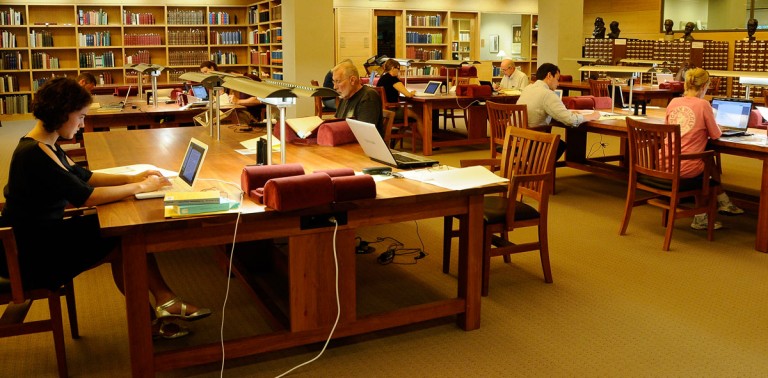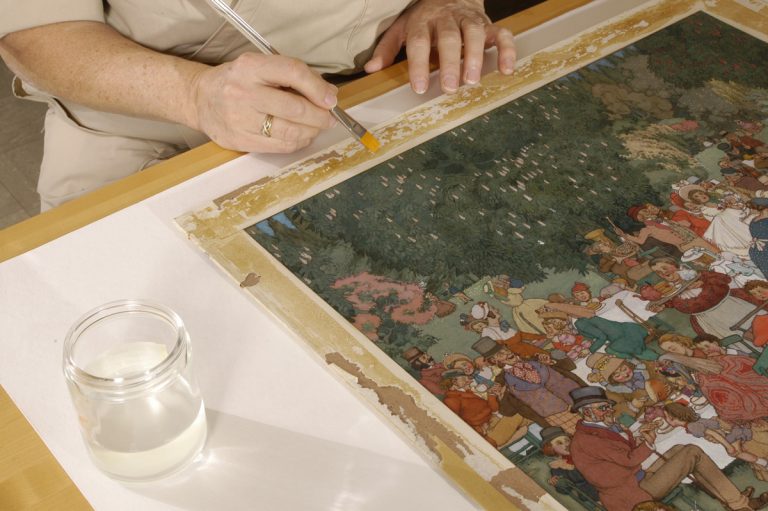Five scholars from the United Kingdom will conduct research at the Ransom Center as part of the 2016-2017 International Placement Scheme (IPS) administered and funded by the UK’s Arts and Humanities Research Council (AHRC).
Library of Congress
Preservation Week celebrates importance of care of collection materials
Preservation Week is an effort to promote preservation and conservation for cultural heritage materials throughout the United States. In 2004, Heritage Preservation performed the first national survey to document the preservation needs of cultural collections held in libraries, archives, and museums. The survey, now known as the Heritage Health Index,… read more
Ransom Center acquires 21 J. D. Salinger letters
The Ransom Center has acquired 21 previously unrecorded and unpublished letters by author J. D. Salinger. The letters are accessible as part of the Ransom Center’s existing Salinger collection, which includes published and unpublished manuscripts, galleys, page proofs, and correspondence. Most of the newly acquired letters are written by Salinger to… read more



